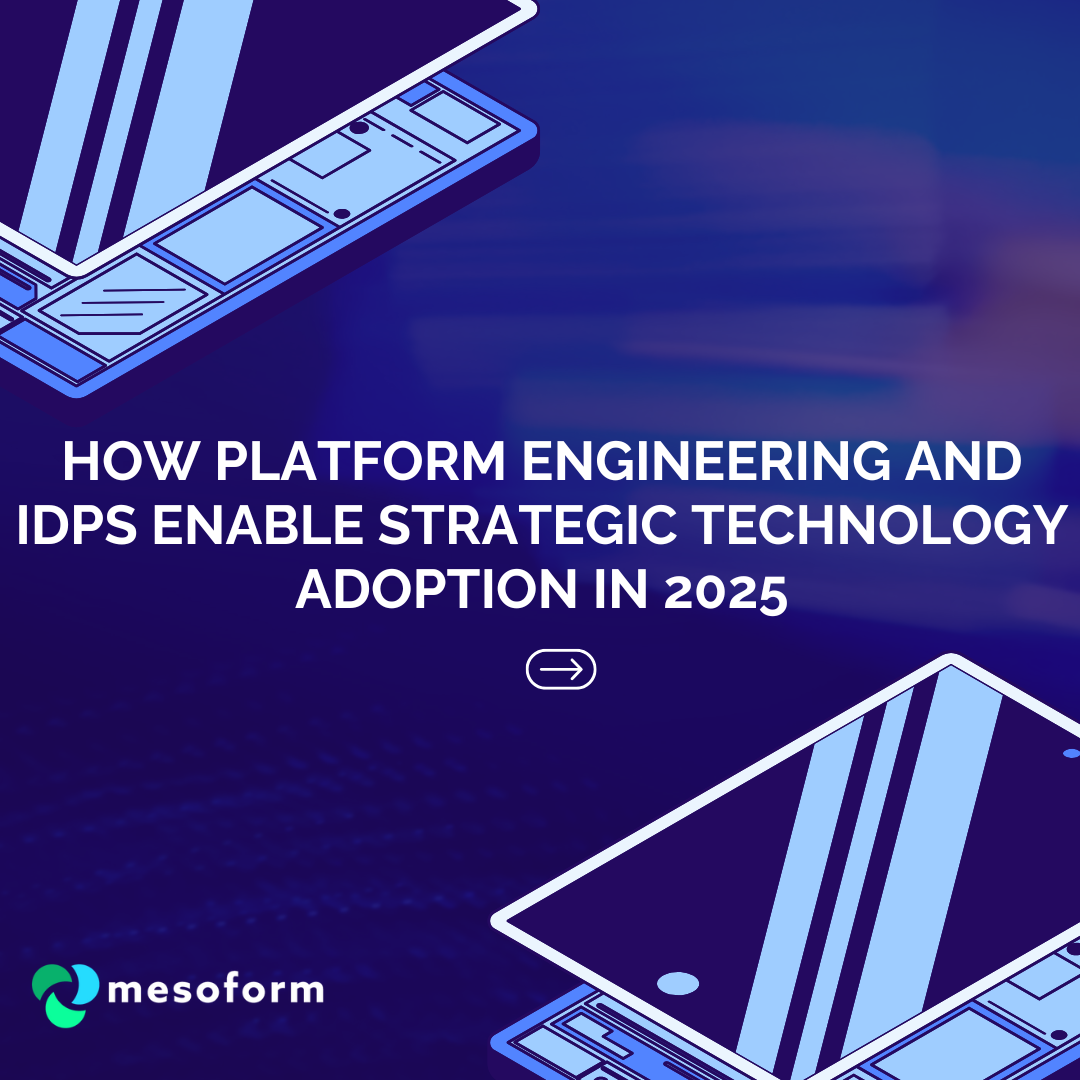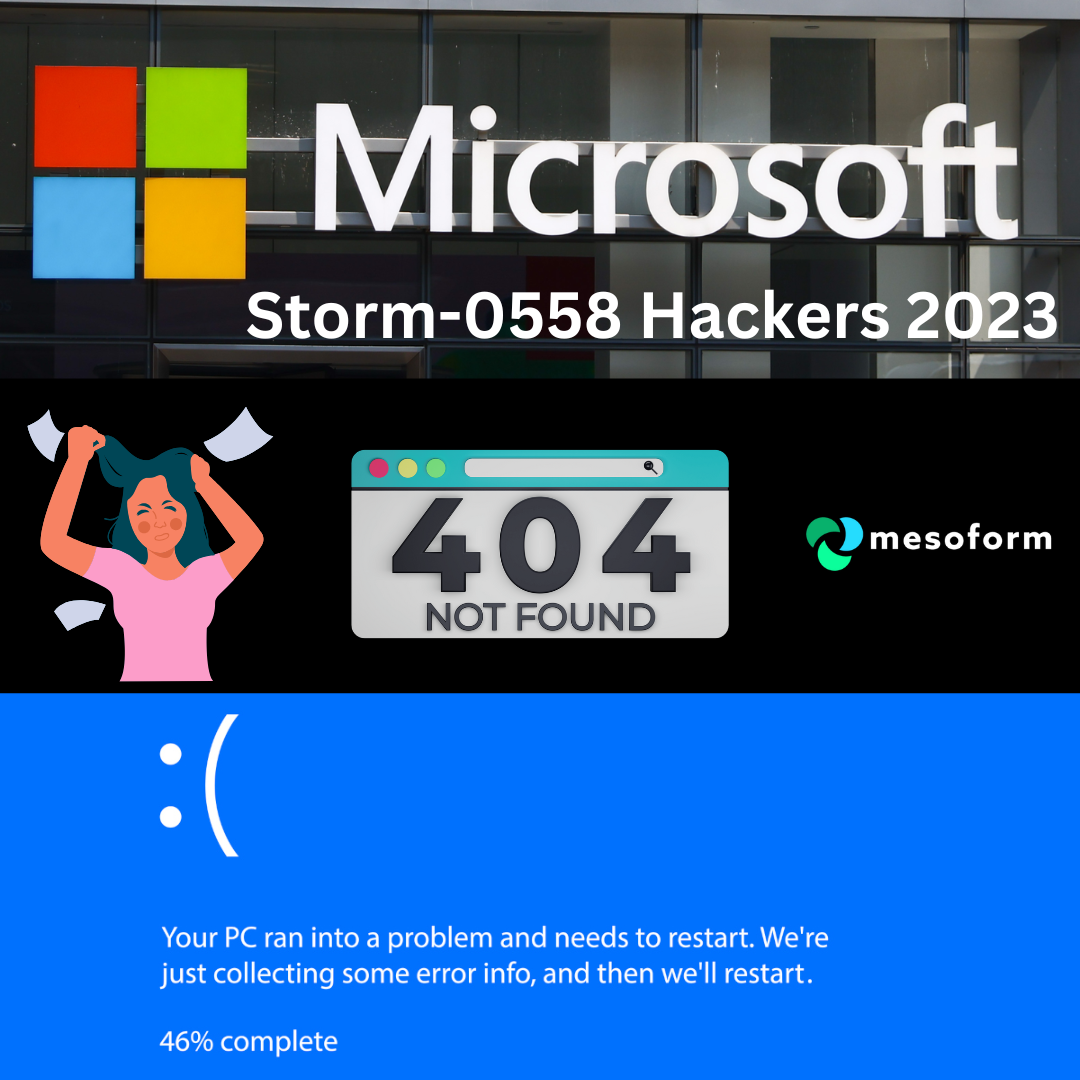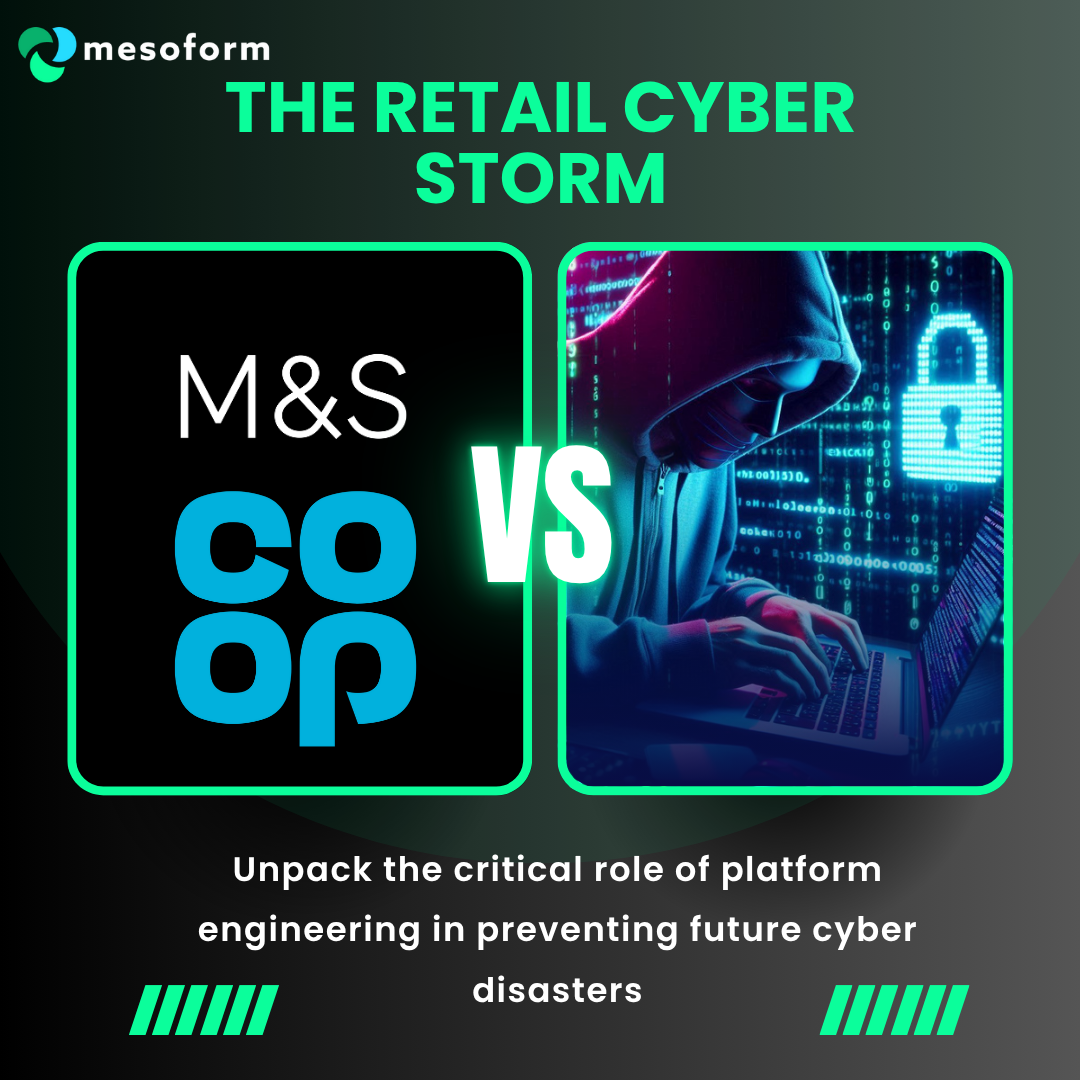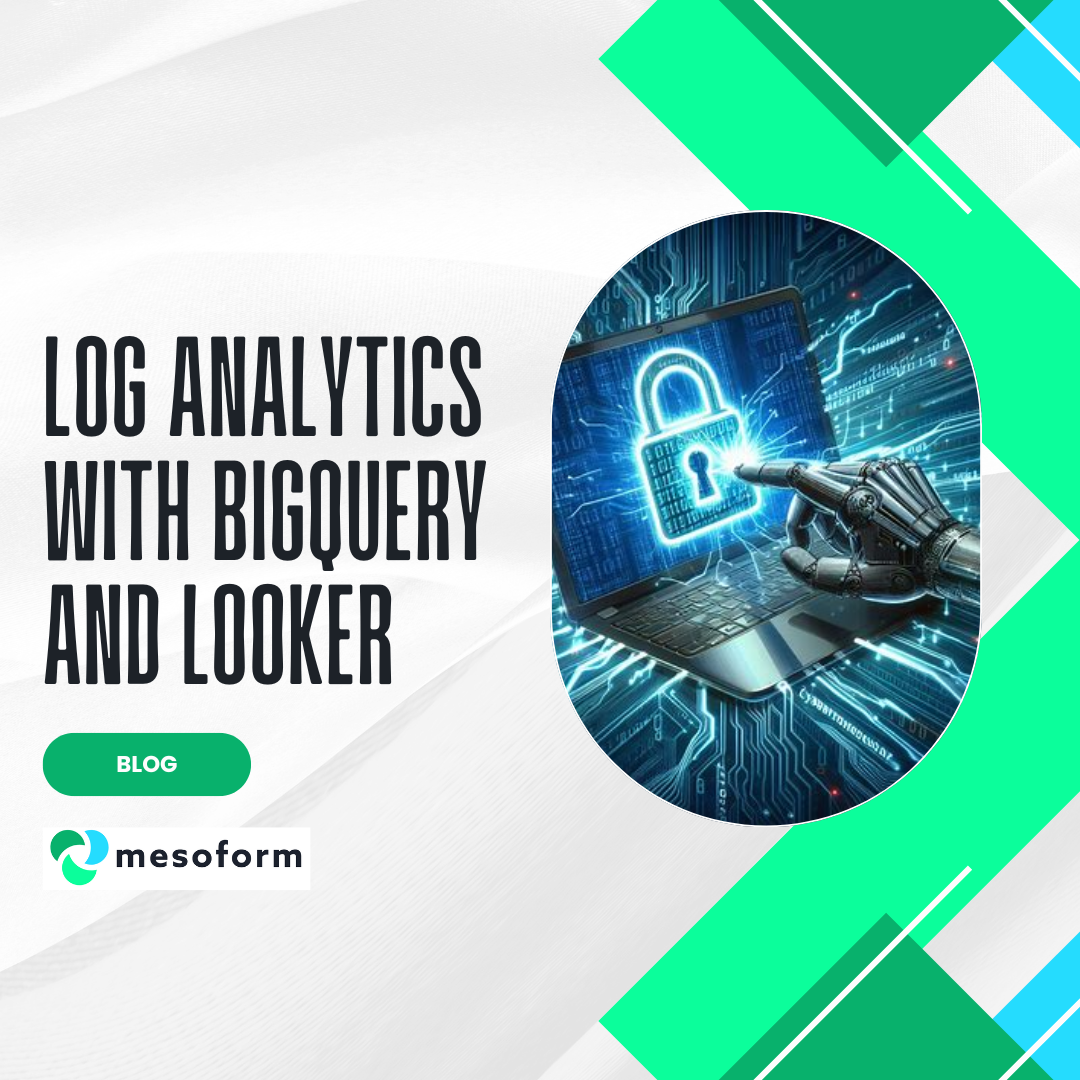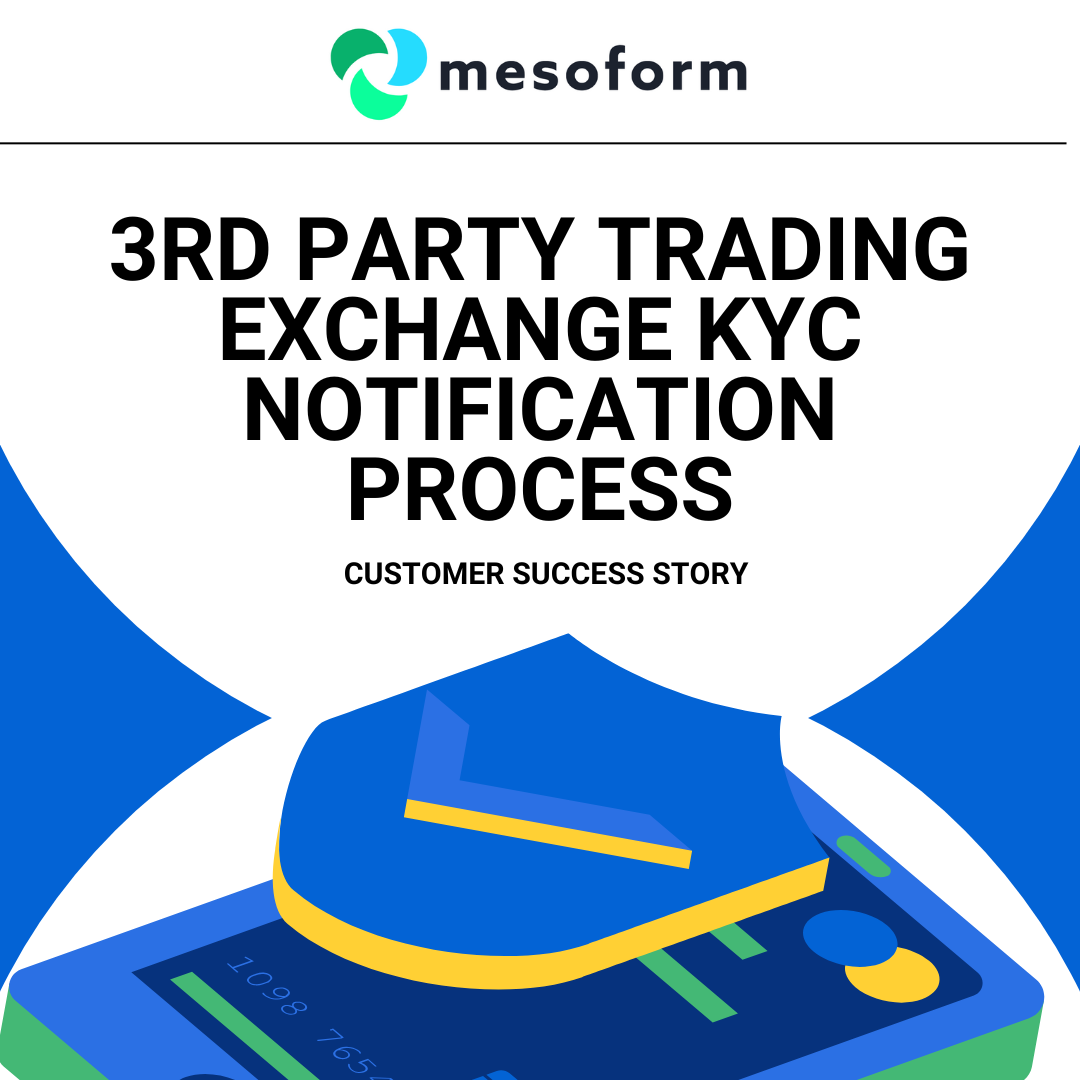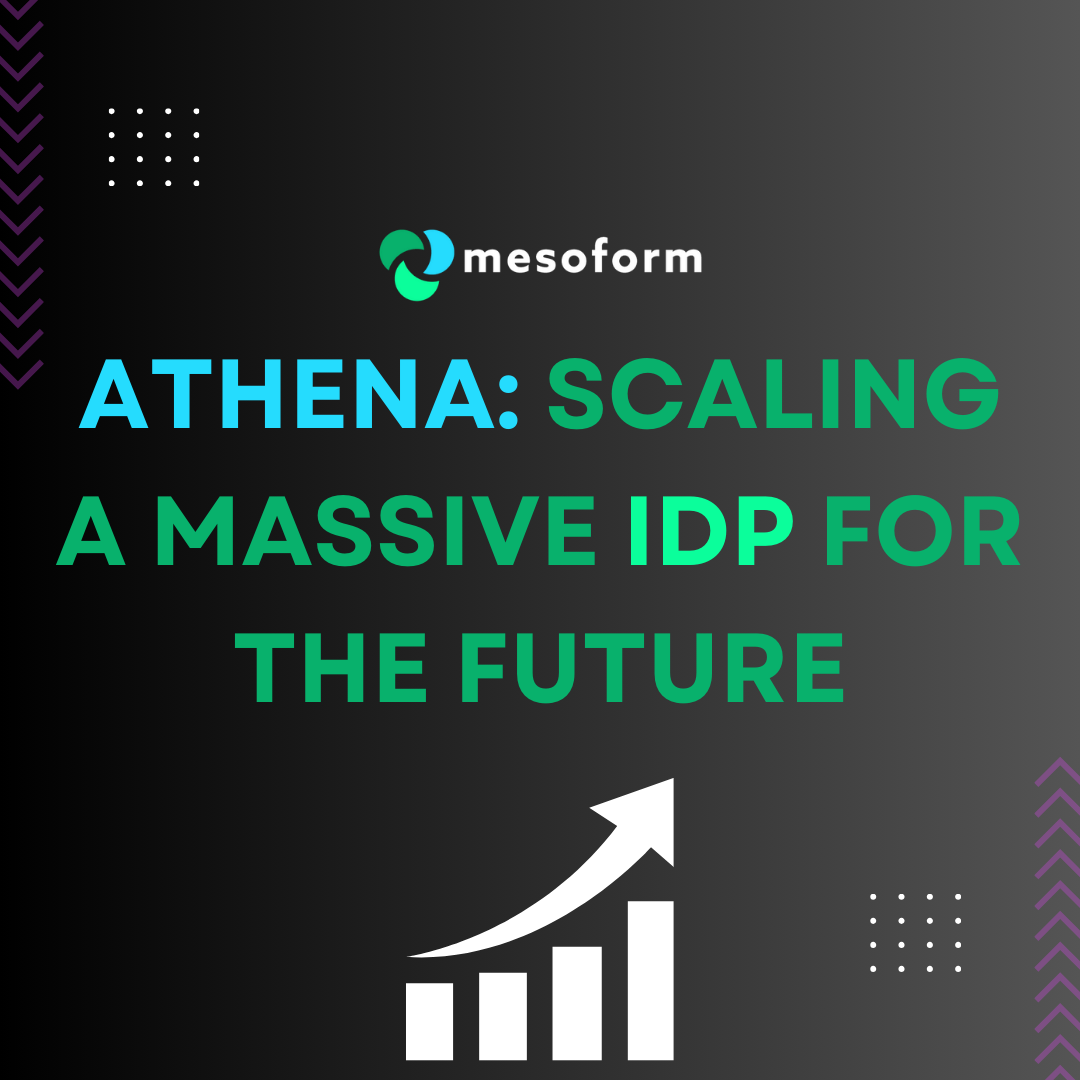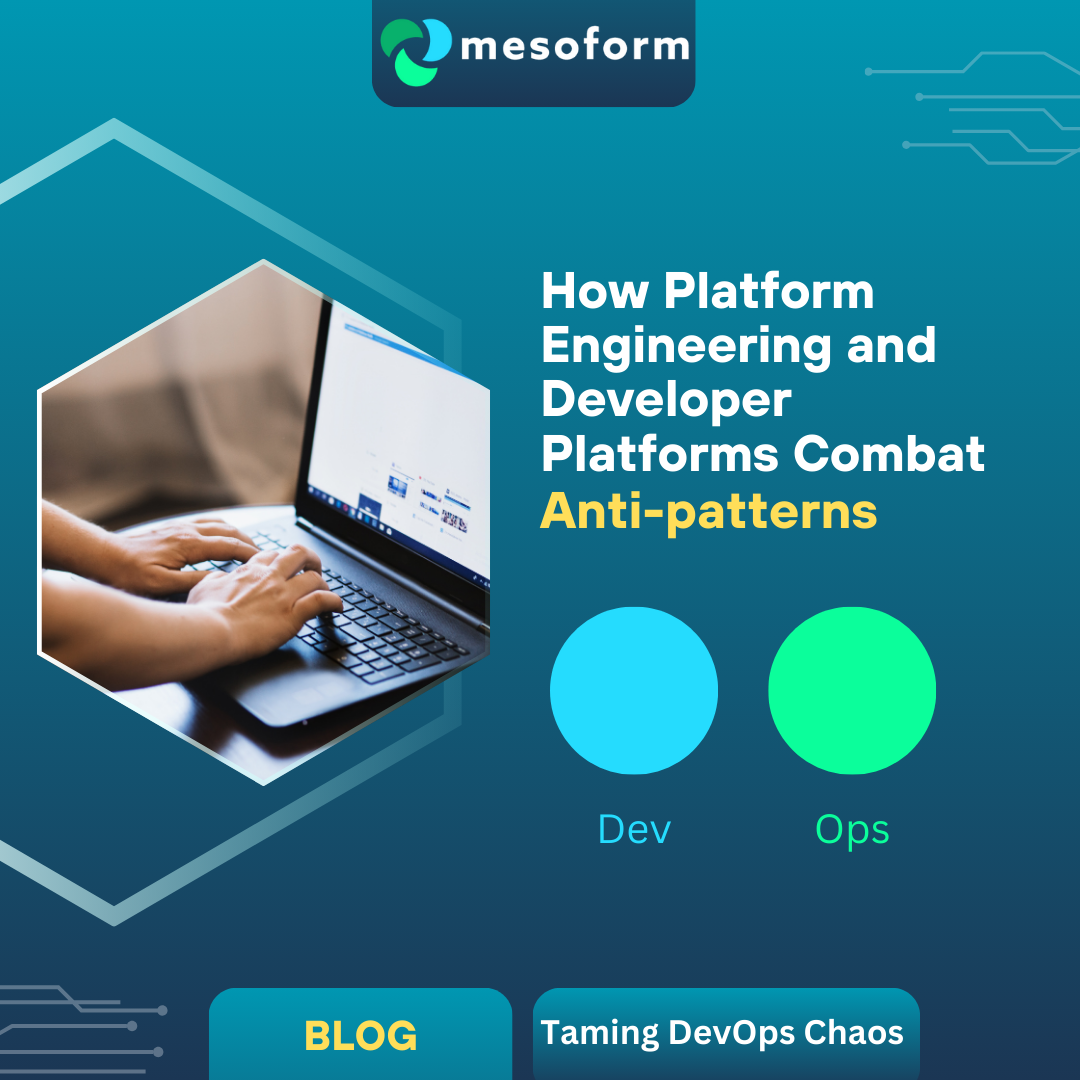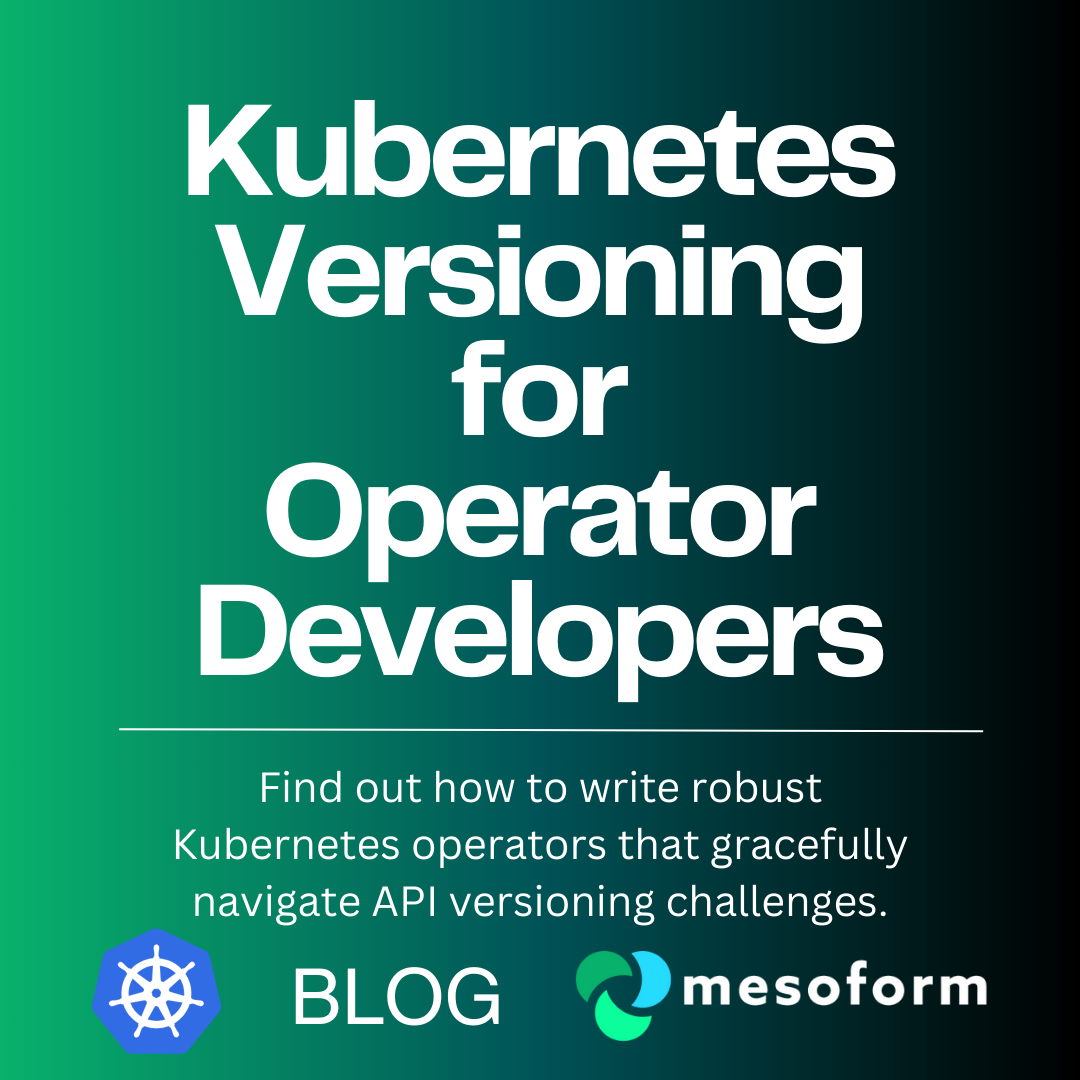As we navigate 2025, the pace of technological change continues to accelerate. Enterprises face mounting pressure to adopt emerging technologies — from AI agents to hybrid computing — while maintaining stability, compliance, and a positive developer experience.
The latest Gartner Strategic Technology Trends for 2025 outline a compelling future, centred around three core themes:
- AI imperatives and risk management
- New frontiers of computing
- Human-machine synergy
These trends aren’t just speculative forecasts — they represent very real pressures and opportunities that IT leaders must now plan for. Yet, for many organisations, the real challenge lies not in recognising these trends, but in implementing them at scale.
As a platform engineering, myself, I wanted to look into how we, and perhaps more specifically, Internal Developer Platforms (IDPs) could help ease adoption of these new technologies. I can say personally that we’ve certainly seen positive impact with AI and blockchain infrastructure.
